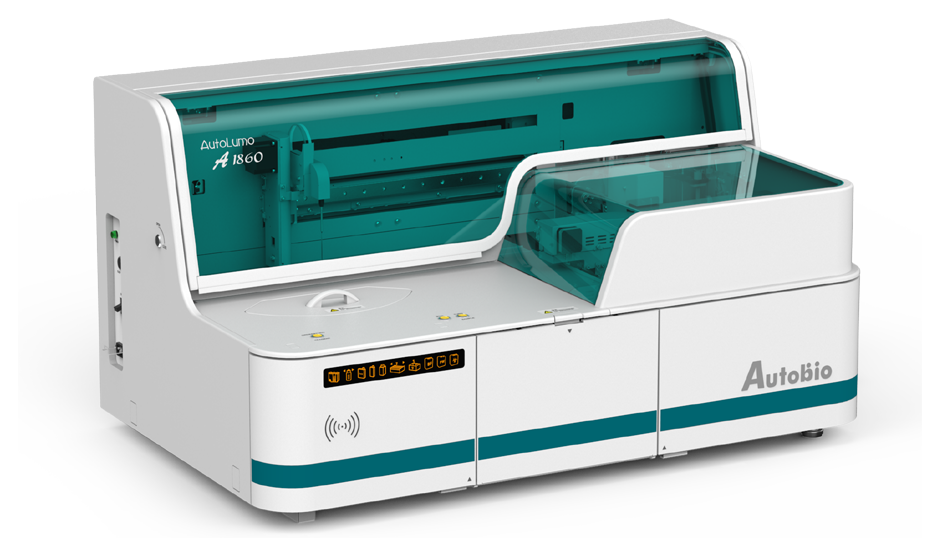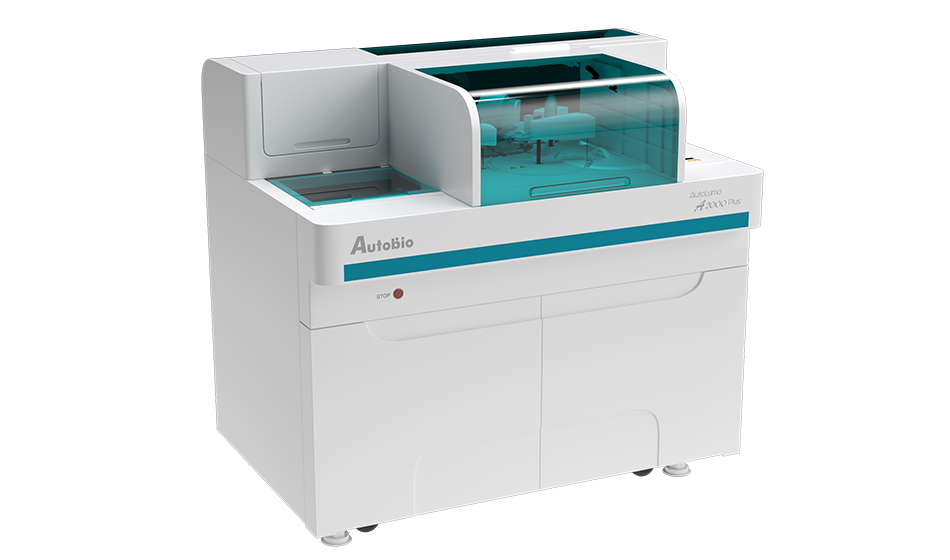

Gastric cancer was the fourth common cancer worldwide, and it was the second most common cause of death from cancer [1]. Gastric cancer can generally be classified into two topographical subsites, the cardia (upper stomach) and noncardia (lower stomach). Chronic Helicobacter pylori infection is considered the principal cause of noncardia gastric cancer, with almost all cases attributed to this bacterium. Meanwhile, cardia gastric cancer is considered to be linked to H. pylori infection, excess body weight and gastroesophageal reflux disease injury [2].Early detection is important for improving the survival rate of patients with gastric cancer (GC).
Some serum tumor markers including PGI, PGII, G-17, and Hp. have been reported to be elevated in some patients with gastric cancer [3–7].

In advanced or recurrent gastric cancer, the estimation of either CA19-9 or CA50 and CEA serum values may help in checking the prognosis, determining the efficacy of palliative treatment modalities, and recognizing recurrences[6].
CA72-4 is highly sensitive to gastric cancer, and the positive rate of serum CA72-4 in gastric cancer is reported to be 36% to 94%. And its specificity is also high, some of which even reach 100%[7]. CA72-4 can be used to detect whether there are residual tumor cells after operation and judge the prognosis of gastric cancer[8].
[1].Suenaga Y, Kanda M, Ito S, Mochizuki Y, Teramoto H, Ishigure K, Murai T, Asada T, Ishiyama A, Matsushita H, Tanaka C, Kobayashi D, Fujiwara M, Murotani K, Kodera Y. Prognostic significance of perioperative tumor marker levels in stage II/III gastric cancer. World J Gastrointest Oncol 2019; 11(1): 17-27 [PMID: 30984347 DOI: 10.4251/wjgo.v11.i1.17]
[2] Sung H, Ferlay J, Siegel RL, Laversanne M, Soerjomataram I, Jemal A, Bray F. Global Cancer Statistics 2020: GLOBOCAN Estimates of Incidence and Mortality Worldwide for 36 Cancers in 185 Countries. CA Cancer J Clin. 2021 May;71(3):209-249. doi: 10.3322/caac.21660. Epub 2021 Feb 4. PMID: 33538338.
[3] Edkins, J. S. The chemical mechanism of gastric secretion1[J]. The Journal of Physiology, 1906, 34(1-2):133-144.
[4] Turner, D M . Pepsinogens and pepsins [J]. Gut, 1968, 9(2):134-138.
[5] Hassan M I, Toor A , Ahmad F . Progastriscin: Structure, Function, and Its Role in Tumor Progression [J]. Journal of Molecular Cell Biology, 2010, 2(3):118-127.
[6] Kageyama T. Pepsinogens, progastricsins, and prochymosins: structure, function, evolution, and development [J]. Cellular and Molecular Life Sciences CMLS, 2002, 59(2):288-306.
[7] Hamid-Reza Amini, Felipe Ascencio, Ariel Cruz-Villacorta, et al. Immunochemical properties of a 60 kDa cell surface-associated heat shock-protein (Hsp60) from Helicobacter pylori [J] . FEMS Immunology and Medical Microbiology, 1996, 16: 163-172..
Address: NO.87 Jingbei Yi Rd, National Eco&Tech Zone, Zhengzhou, China
Email: info@autobio-diagnostics.com Tel: +86-371-6200-7036
Autobio Copyright Reserved for ICP 18006568. All Rights Reserved.




